A Kinetic Art Table blends art and technology to generate some mesmerizing patterns in sand. It does that by adding machine automation to a zen garden creating a stunning display that can be programmed to your heart's content.
I recently created one for my living room using the existing coffee table. The mechanical design was taken from V1 Engineering. The requirements for the motion are very similar to a 3D printer and therefore the implementation borrows heavily from the electronics and software used in 3D printers.
Design
The carriage is mounted on the underside of the table. Its motion is controlled through the Core XY mechanism where the two motors X and Y move together or opposite of each other to move the carriage from left to right or front to back. The carriage carries a small magnet which moves a steel ball in the sand to generate patterns.
Construction
The table needs to have a box to house the sand and an opening at the top with a provision to install a glass top. My coffee table already had a glass top. So, all I needed was to construct a box. I had a spare sheet of plywood that I cut to size and installed using some shims to create a box on the underside.

The next step was to install the pairs of X, Y rails and the carriage. A small cylindrical magnet is mounted on the carriage. The clearance needs to be adjusted to have the magnet be as close as possible to the base of the box.
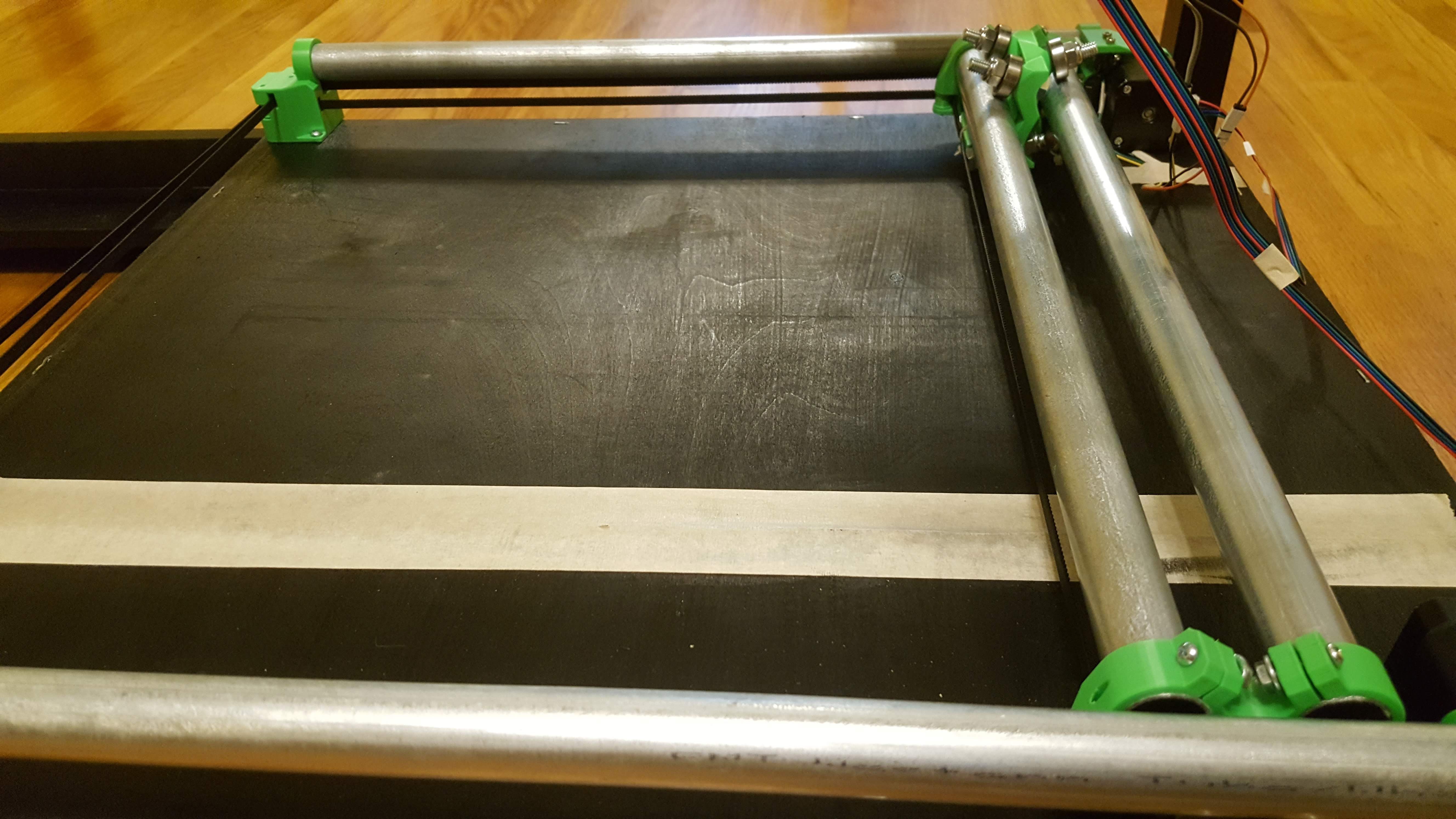
Motors are installed on either side along with endstop switches for the X and Y directions.
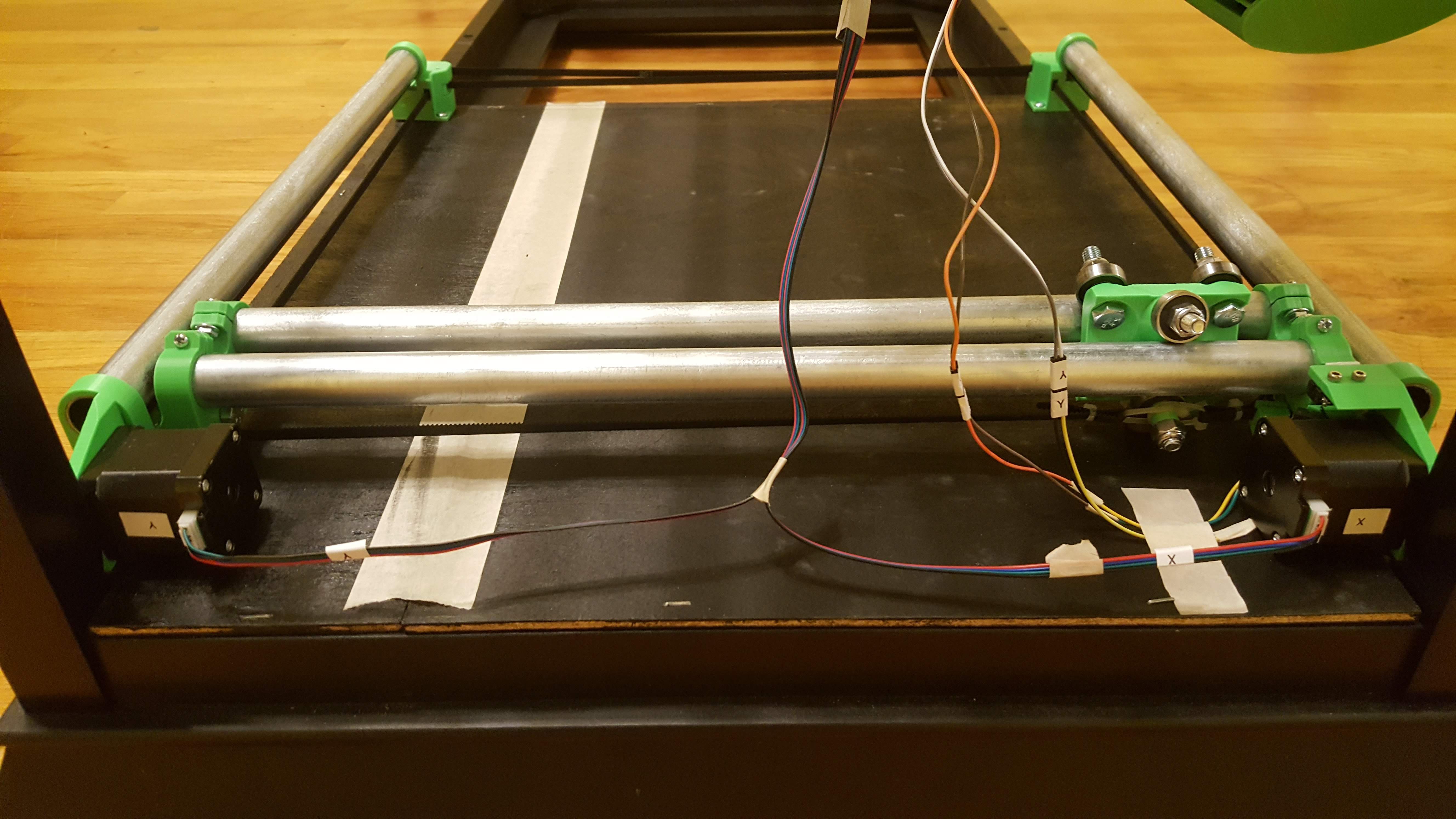
To operate the sand table, I decided to create a separate console such that it could be easily disconnected and stowed away when not in active use. The user CherHubert has designed a really awesome case to house all the electronics.
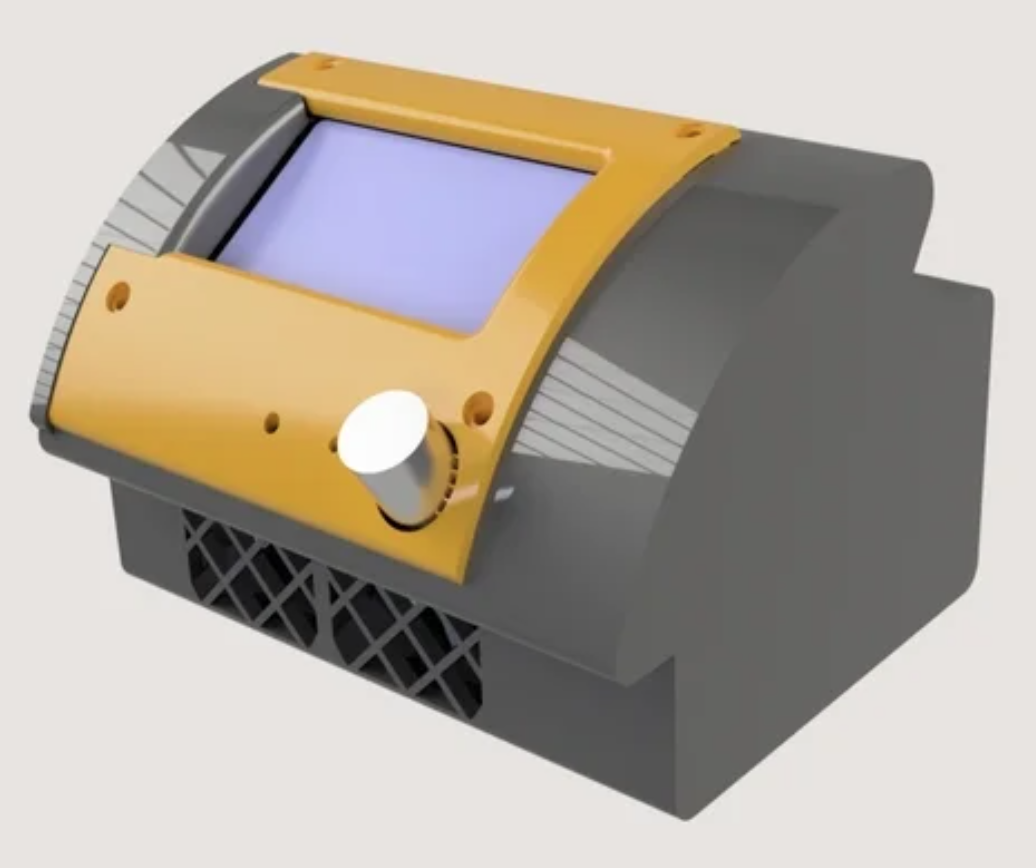
The Marlin firmware can be downloaded from here. I did a few customizations to set the X and Y limits, change the LCD scroll direction and customize the startup screen.
I validated the carriage movement through the following steps:
- Tested the X and Y homing. The firmware expects Y to be homed before X.
- Validated the limits on the X and Y direction.
- Ensured that the carriage is not catching the rails anywhere.
After ensuring its smooth operation, I filled up the table with baking soda.
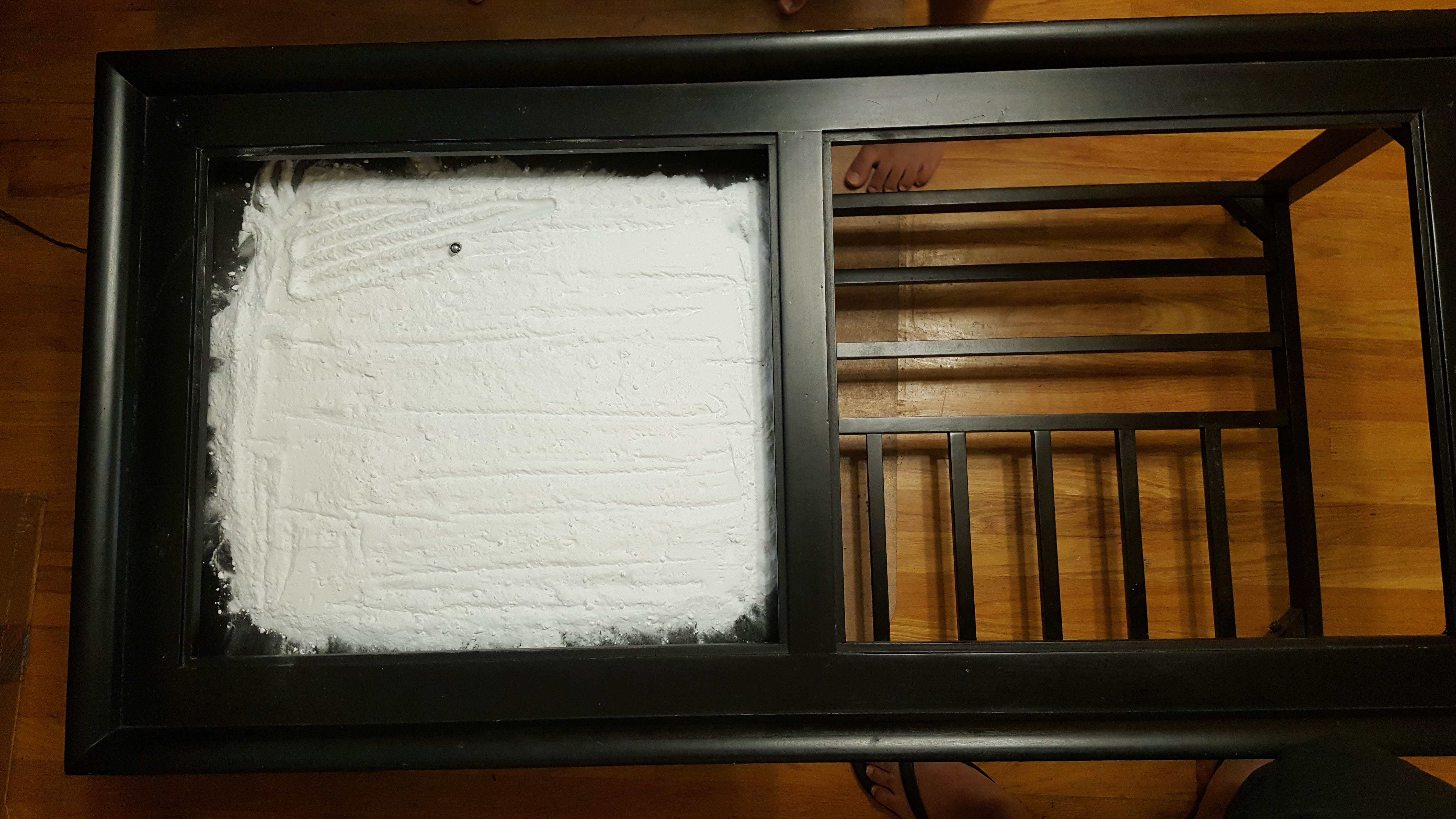
The last step was to fire a test pattern.
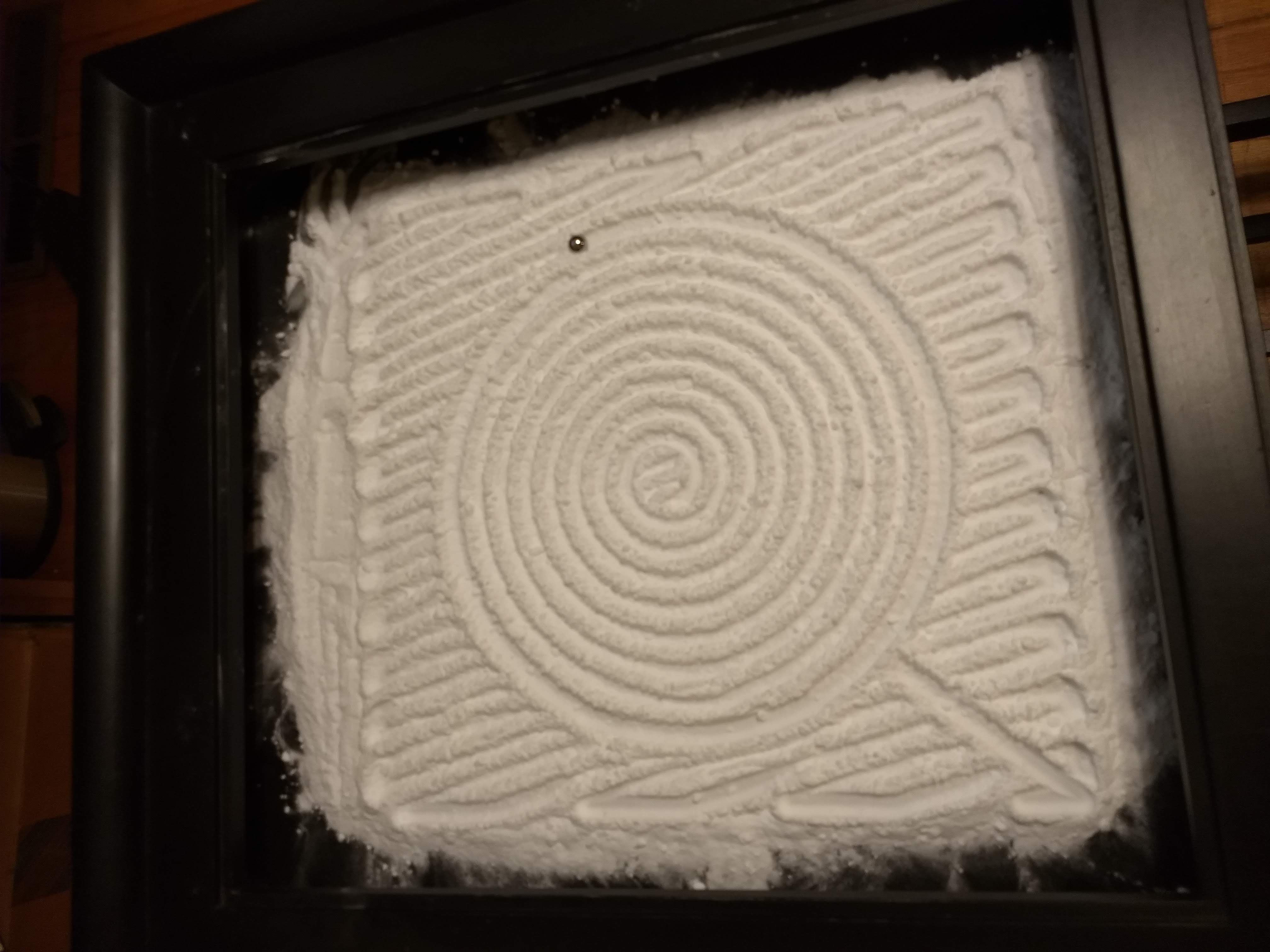
Here is how the table looks with rest of the furniture in the living room.
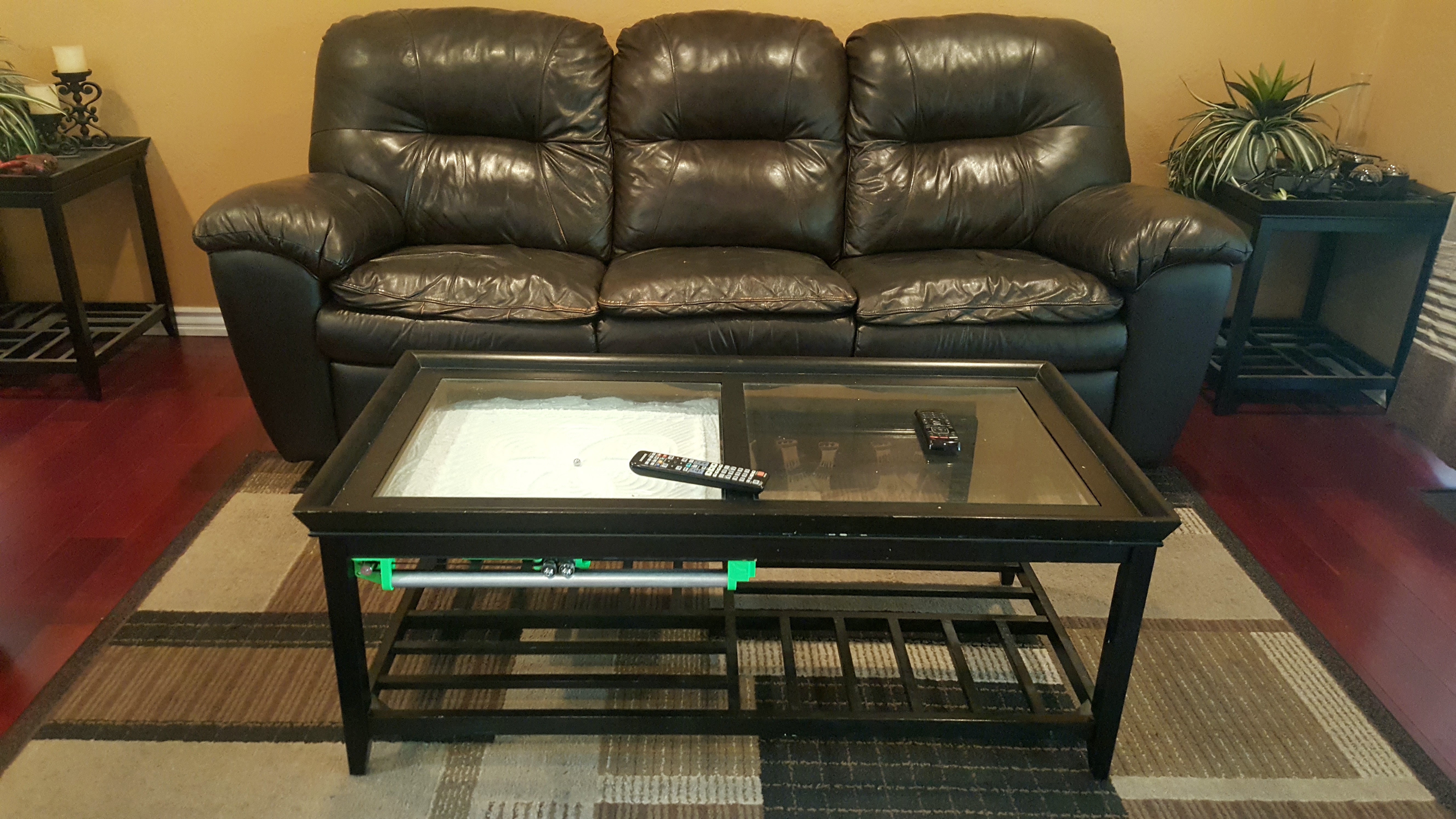
A view from the side... The wires are routed through the sleeve to the endstop switches and the motors. The power comes from a 12V adapter into the electronic case.
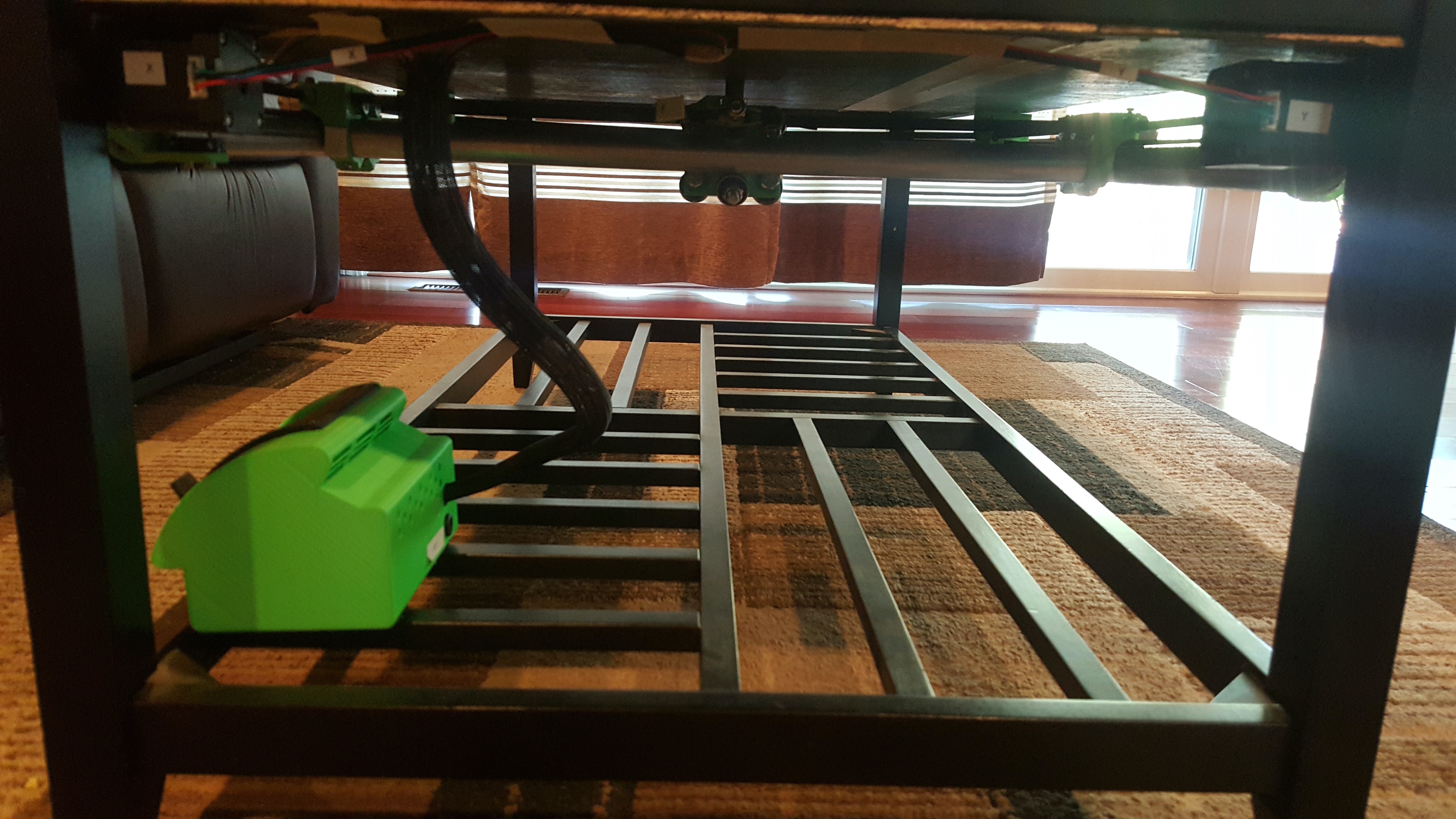
Software
The patterns can be created using the sandify tool.
 Vipin M
Vipin M


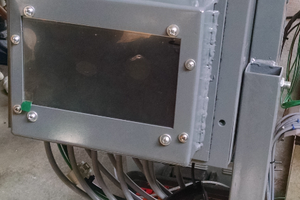
 willbaden
willbaden

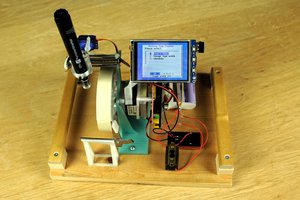
Beautiful, you should market this for bars and restaurants!